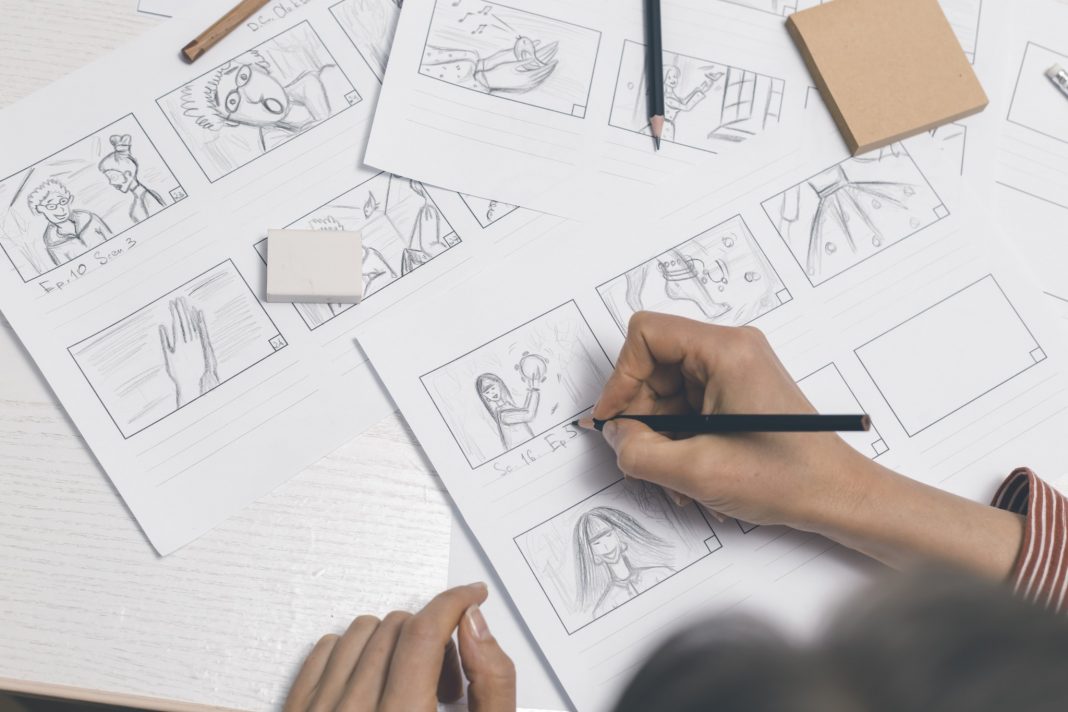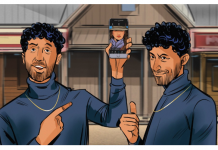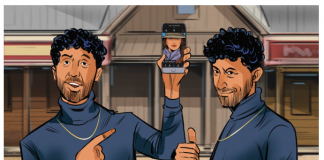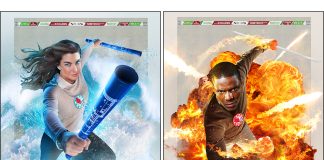Pitching Your Portfolio? Here are 6 Tips To Help You Pitch Your Portfolios To Talent Agencies
So, congratulations are certainly in order if you have made it this far. You have completed your book, and it is an accomplishment many have tried to attain and failed. Now that you are done popping champagne, it is time to get down to the real work. That is taking your portfolio around to some good prospects.
This is by far the most difficult and humbling part of the entire project. You will need to get in contact with anyone and everyone you have ever met in your life, network until you are blue in the face, and then do it all over again
1. TARGET THE AGENCY YOU WANT WITH A BESPOKE PORTFOLIO
No surprises here. You must remember that your book is not just a collection of your work. Your portfolio is a presentation of your total success and prowess in your industry and how you and your special skill set can bring something to your agency. To maximize the efficacy of your portfolio, you should make sure that it includes:
– An intuitive design and well-functioning interface
– Demonstrate your professional range
– Contain a brief (funny) but professional bio
– Show how you provide solutions and improve outcomes
So, essentially make something concise, comprehensive, highly-functional, and up-to-date! Easy, right?

2. EMAIL EVERYONE YOU KNOW
You are probably an expert on advertising by now, but the dynamics can change when it comes to advertising yourself. This means investing some time in the LinkedIn profile and polish that summary.
Use your social media account to get your professional information out there and pester your parents to get you in contact with that old friend of theirs who happens to be a CD. This is the time to reach out across the networks and make valuable connections, requiring persistence.
For the sake of iterations, Network…network…and network some more, and then when you are tired of networking, network even more. This is really the only way to build those valuable connections with the companies you have targeted.
It is important to understand the implications of a single-degree of separation here. Make good friends with a person in a company, and at some point, you may find a way to have a face-to-face with the important decision-maker.
They may even have some key insights and guidance that can help you make it through the gauntlet when the time comes.
3. DO YOUR HOMEWORK
Before you craft an intro email, you will want to make sure you know everything about your target agency. This will mean understanding the history, work dynamics, and mantras and goals of each agency member.
Why? Because you want to make sure your intro letter and portfolio are perfectly aligned with the employer’s direction and goals.
While, in the end, it will be the strength and caliber of your portfolio that will determine your success, you can’t underestimate the importance of the introductory email for getting ahead of the pack.
Follow the channels they are using. One of the best pieces of advice would be to look for the channels your target agency is using and follow them as best you can.
If you see that a job has been posted online and there is a chance to register with the company, do it. You can then take the time to craft a tailor-made letter to the employer, letting them know what you did.
You can also offer a concise introduction and offer to answer any questions or provide any other information as they may request.
Agencies are targeted with hundreds of letters like this every month, so taking the time to show that you know your stuff and have done your research will go a long way in getting you ahead in this race.
4. ATTEND A PORTFOLIO NIGHT
Annual Portfolio nights is an event held by the Art Directors Club internationally. These events offer students and aspiring professionals a chance to pitch their ideas to some of the top CDs and professionals in the city.
It is like speed dating, only you get to take your portfolio on a date. You have 15 minutes to speak with 3 -4 different creatives and try to make that vital connection with each one. This is not just a great way to connect with colleagues and peers.
You can also get some essential feedback on your book. Best of all, you may even make a connection that leads to a possible interview.
5. BE PERSISTENT
The difference between the guy who makes it and gets the job and those who don’t, comes down to persistence. This is a business of luck as much as it is a skill, so by increasing your potential to win, you will eventually make it to the job of your dreams.
So, plan to approach all sides, email those ACDs and CDs and then email everyone else from art directors to account managers. Then follow up emails with thank you notes or phone calls.
6. WRITE A GREAT RESUME
In the creative arts, it is largely the portfolio that makes the difference in showcasing work and professional experience. Still, it is important to take the time to place effort into building a solid resume.
Proofread your resume at least a dozen times and then a dozen more after making the last perfecting touches. This should be a perfectly immaculate document.
Not just perfect spelling and grammar, but free from all formatting errors, misaligned bullet points, extra spaces, and anything out that could besmirch your good image. It seems a little harsh on some levels, but the more brutal, the better. You want to show off your attention to detail, and this is the best place to begin.

















